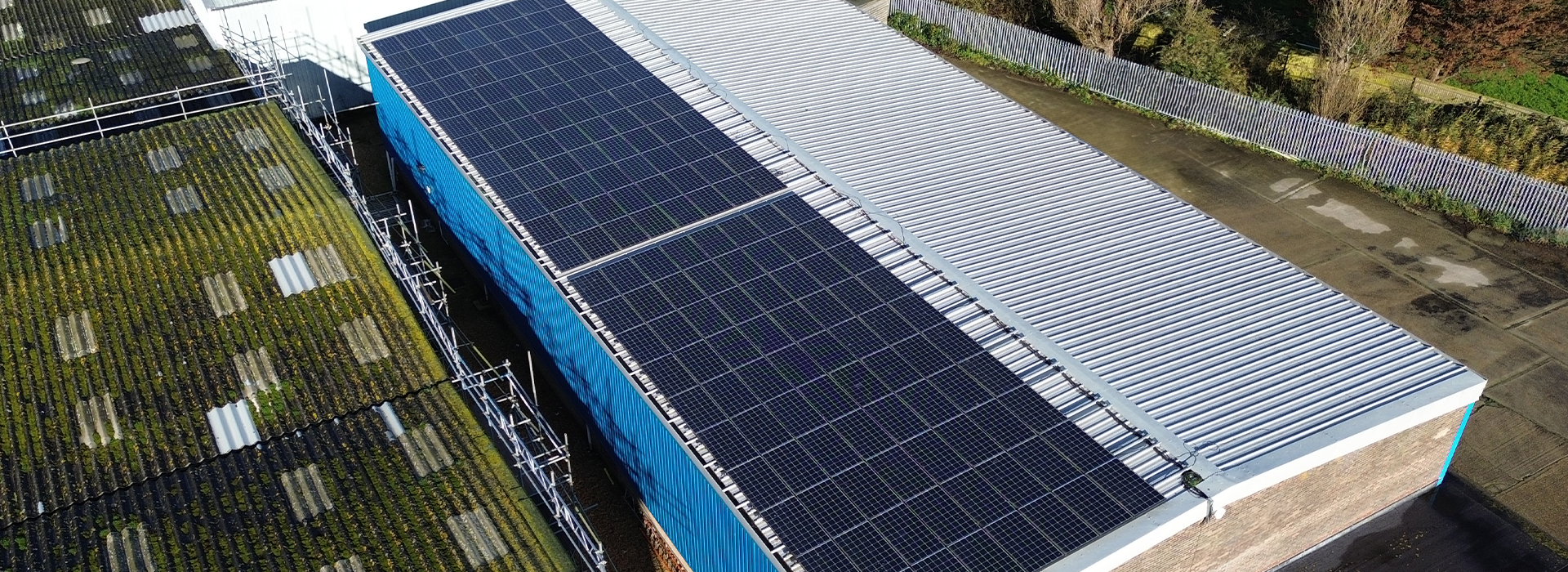Fall protection is a critical aspect of workplace safety, especially in industries where employees are exposed to elevated work areas. In the UK, fall protection guardrails play a crucial role in preventing falls and ensuring the safety of workers. In this blog post, we’ll delve into the specifics of fall protection guardrails in the UK, including regulations, standards, installation requirements, and their importance in ensuring workplace safety.
Regulations and Standards
In the UK, fall protection guardrails are governed by various regulations and standards to ensure their effectiveness in preventing falls and protecting workers. The primary regulations that govern fall protection in the UK include:
Work at Height Regulations 2005
The Work at Height Regulations 2005 set out specific requirements for employers to prevent falls and reduce the risk of injury when working at height. These regulations apply to all work activities conducted at height, including the installation and use of fall protection guardrails.
Health and Safety at Work Act 1974
The Health and Safety at Work Act 1974 places a legal duty on employers to ensure the health, safety, and welfare of their employees at work. This includes providing adequate fall protection measures, such as guardrails, to prevent falls and protect workers from harm.
British Standards
British Standards, such as BS EN 13374:2013, provide specifications for temporary edge protection systems, including guardrails, used in construction and other industries. Compliance with these standards ensures that fall protection guardrails meet specific requirements for strength, stability, and durability.
Installation Requirements
Fall protection guardrails must be installed correctly to effectively prevent falls and comply with regulations and standards. Key installation requirements for fall protection guardrails in the UK include:
Height and Stability
Guardrails must be installed at a sufficient height to prevent falls and provide adequate protection to workers. Additionally, guardrails must be securely anchored and stable to withstand the force of a potential fall.
Strength and Durability
Guardrails must be constructed from materials that are strong and durable enough to withstand impact and provide reliable fall protection. Materials commonly used for guardrails include steel, aluminum, and composite materials.
Spacing and Design
The spacing between guardrail posts and the design of the guardrail system must comply with British Standards to ensure that they effectively prevent falls and do not pose a hazard to workers.
Importance of Fall Protection Guardrails
Fall protection guardrails play a crucial role in ensuring workplace safety and preventing falls in the UK. Some key benefits of fall protection guardrails include:
Prevention of Falls
Guardrails create a physical barrier that prevents workers from accidentally falling from elevated work areas, reducing the risk of serious injuries and fatalities.
Compliance with Regulations
By installing fall protection guardrails that comply with regulations and standards, employers can demonstrate their commitment to ensuring the safety and wellbeing of their employees and avoid potential legal consequences.
Enhanced Productivity
Providing a safe working environment with adequate fall protection measures, such as guardrails, can boost employee morale and productivity by reducing the risk of accidents and injuries.
Conclusion
Fall protection guardrails are an essential component of workplace safety in the UK, helping to prevent falls and protect workers from harm when working at height. By understanding the regulations, standards, and installation requirements for fall protection guardrails, employers can ensure compliance and create a safe working environment for their employees.



